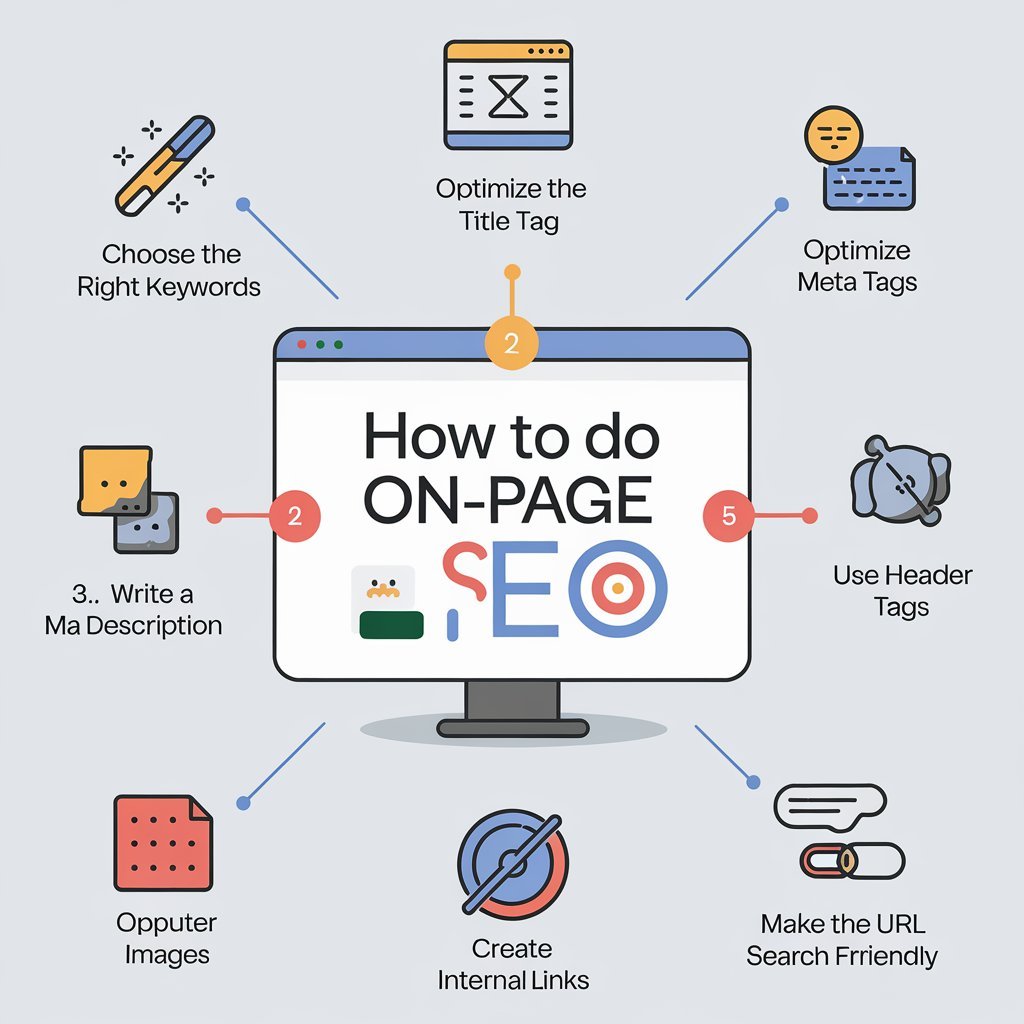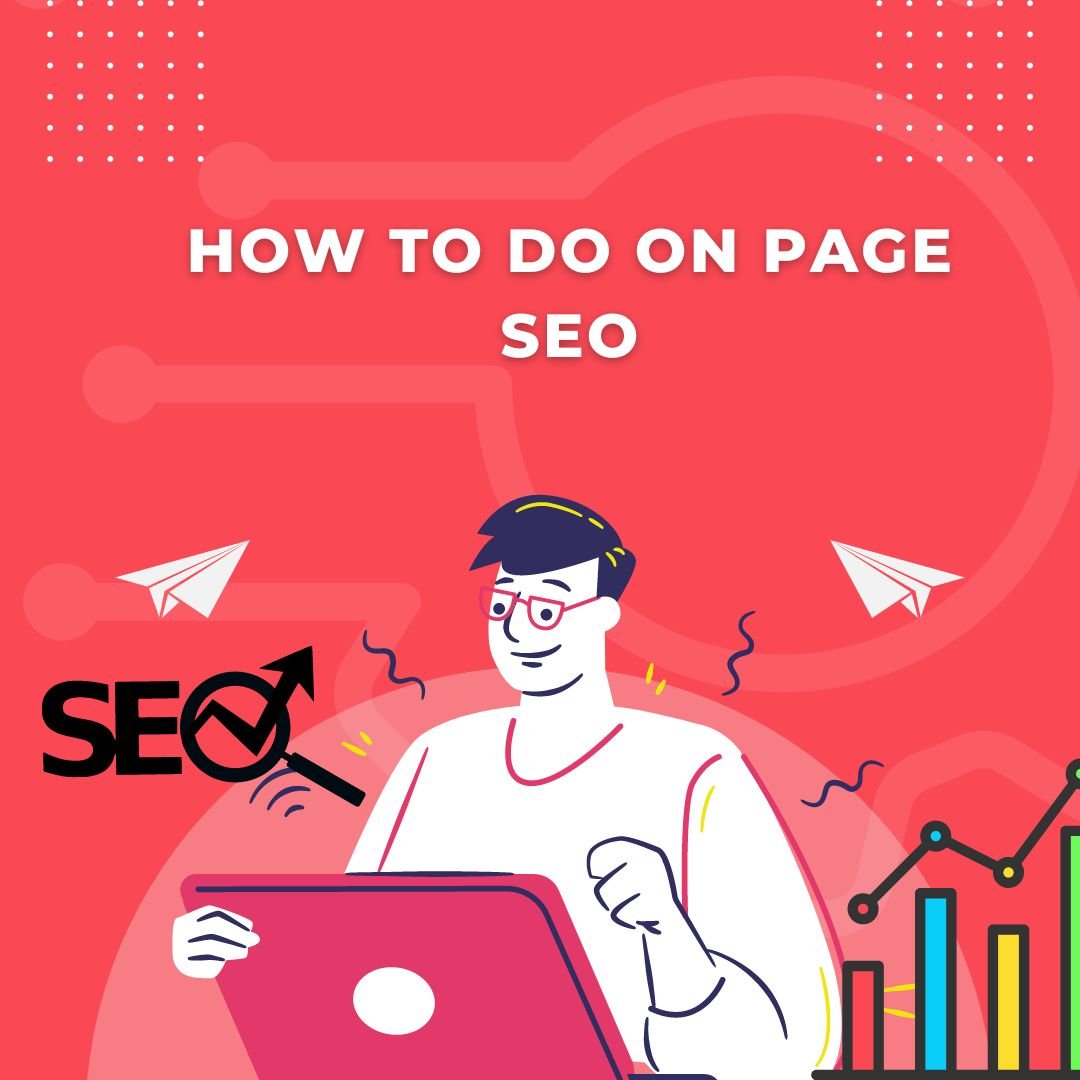
The Ultimate Guide to Effectively Performing On-Page SEO by Yourself
In the world of digital marketing, one secret weapon exists: on-page SEO. Whether you’re a freelancer, entrepreneur, or small business owner looking to up the ante on your website so that it becomes visible and, at the end, drives SEO leads your way, it’s worth knowing how to undertake on-page SEO. But where do you start? In this article, we will go through all the quintessential steps in mastering on-page SEO in a fun, non-boring way. By the end of this post, you will have the means at your disposal to enhance your online presence and convert those visitors into loyal customers.
1. Why On-Page SEO Matters: Setting the Stage for Success
Think of your website as a stage, and the content as the show. Nobody will ever find you if you do not set it up correctly. That is where the on-page SEO comes in. Optimization of elements on your website ensures that search engines like Google understand what they are dealing with, which gives you more visibility.
Increasing this visibility definitely boosts your chances of attracting SEO Leads-the potential customers who are looking for whatever it is you have to offer. So, are you ready to put your website in the spotlight?
2. The Magic of Keywords: How to Find the Right Ones
Ever wonder how people find your website? It’s all about keywords. Learning how to perform on-page SEO means first learning what words and phrases your target audience is searching for.
Think of keywords as the bread and butter of your SEO strategy. Use Google Keyword Planner or Ahrefs to find the right keywords that get SEO leads coming in. Identify one primary keyword, and a few secondary keywords to use organically in your text.
3. Writing Engaging Titles-The Gateway to Your Content
This is what the search engines will find first, as well as your visitors. In other words, it is the headline for the cover page of your website. It must be attention-grabbing yet relevant, and should contain your primary keyword phrase.
It not only serves as a hook but helps the search engines understand what the focus of your page is. You may use, for example, “How to Do On-Page SEO Effectively” in your title to attract readers who are avid to learn and more prone to convert as SEO Leads.
4. Meta Descriptions: Your Secret SEO Weapon
Though usually ignored, meta descriptions have their importance regarding on-page SEO. They work like a teaser of your content to make users click through.
A well-wrought meta description should contain your main keyword, be under 160 characters in size, and summarize what is offered on the page.
Think about it like an elevator pitch to attract SEO Leads. The more attractive and relevant it will be, the more chance you have of increasing your click-through rate.
5. More Quality, Less Quantity: The Art of Content Creation
Content is king, but again, any other content won’t work. When learning on-page SEO, focus on the creation of quality, informative, and engaging content that resonates with your audience.
Also, keyword stuffing will hurt your rankings, so instead tactfully weave in your main keyword and terms throughout your post. The more quality your content, the more SEO leads you will attract.
Think of each blog post as one ongoing talk with your audience-make it engaging, educational, and fun.
6. Heading Tags: Structure and Clarity
Heading tags (H1, H2, H3, etc.) are the road signs of your content, showing both users and search engines the way around your page.
Your main heading should be H1, while the other subheadings should be H2 or H3 to split sections. This makes readability easier, and the structure of your page also more readable for search engines.
Proper use of headings can result in more SEO Leads by way of making the content accessible.
7. Internal Linking: Connecting the Dots
Internal linking stands out as one of the strongest methods when mastering how to do on-page SEO. You will be linking to other relevant pages in your website, therefore creating a web of content that aids search engines crawl more effectively through your site.
This will also keep visitors longer on your website, thus increasing your chances of converting them into SEO leads. Think of internal links as a way of walking your audience further into your content, giving them more value on their way.
8. Image Optimization: Enhancing User Experience
Images are a heck of a lot more important when it comes to on-page SEO. Not only do they make your content look a heck of a lot nicer, but they also offer another chance to fit those keywords in.
Make sure descriptive file names, alt text, and captions use your main keyword. This will not only help your SEO but also enhance user experience, making your site more interesting and attractive to the SEO Leads who respect quality content.
9. Mobile Optimization: Reach Your Audience Everywhere
The proportion of internet users accessing the net through mobile phones is increasing, so this adds to the importance of having a mobile-optimized website. How to Effective On-Page SEO:
Make sure the website is mobile-friendly. You want responsiveness in design for fast loading and ease of navigation that keeps a mobile user hooked onto it.
The more responsive it will be for mobile users, the better your chances of capturing and retaining those SEO Leads who would want to browse through their phones or tablets.
10. Monitor and Adjust: Keys to Continual Improvement
On-page SEO is a never-ending process, never a one-time thing. Keep looking at your website performance continuously using different online tools such as Google Analytics or Search Console to find out what is there to improve on page load speed, keyword ranking, and user engagements.
This way, you will be in a continuous refinement cycle of the on-page SEO efforts and keep attracting SEO Leads to stay ahead of the competitors. Remember, this digital landscape changes all the time, and so will your SEO strategy.
FOR MORE BLOG- ANYQUERY

